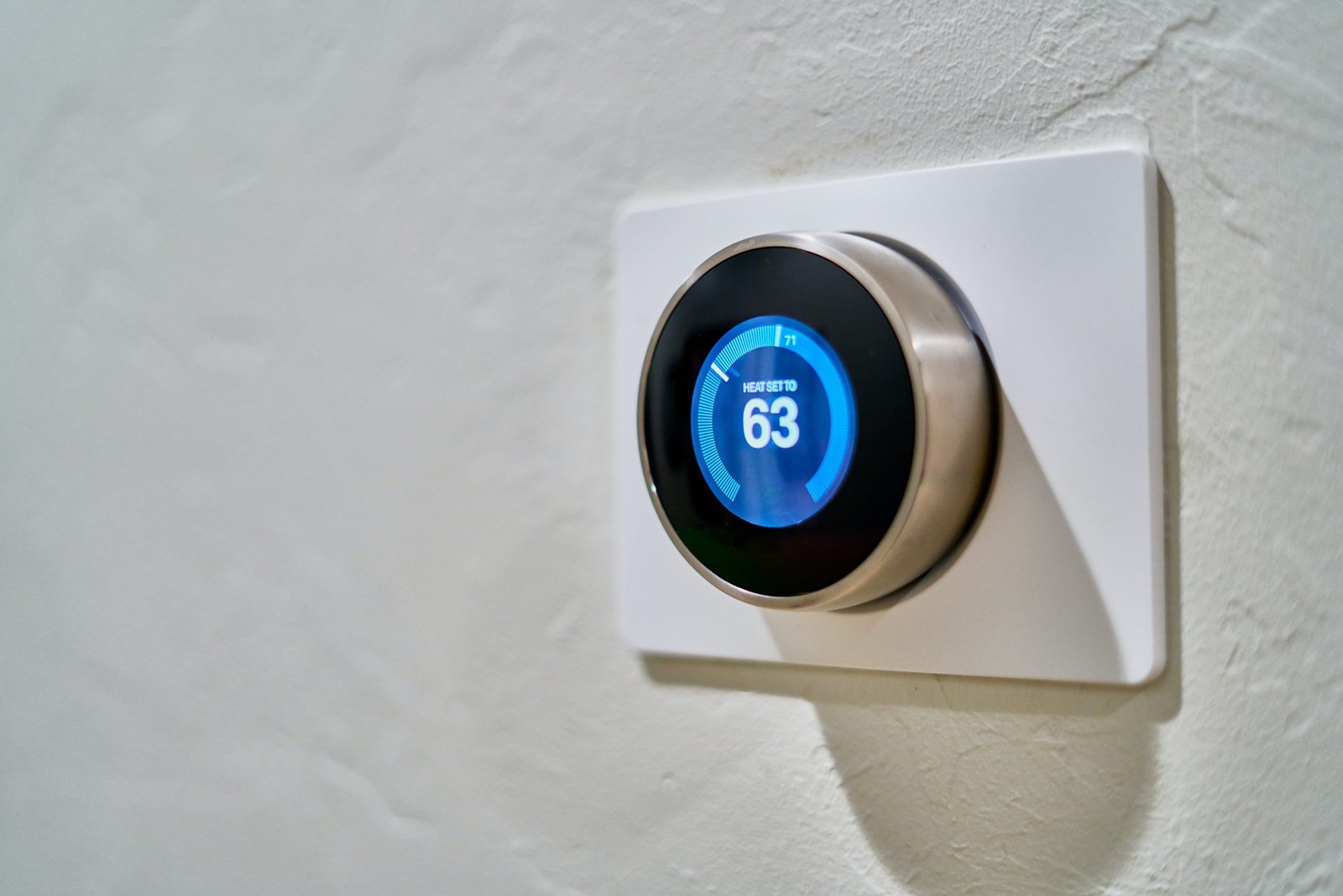
Smart Home Networking Basics You Should Know About
With the rapid advancement of technology, smart homes have become increasingly popular, offering convenience, efficiency, and enhanced living experiences.
At the heart of a smart home lies a complex network that connects various devices and allows them to communicate and function seamlessly. Understanding the basics of smart home networking is essential for homeowners and tech enthusiasts alike.
In this blog post, we will delve into the fundamentals of smart home networks, exploring the components, types of networks, and the significance of setting up and managing them effectively.
Whether you’re a beginner looking to enter the world of smart homes or someone seeking to optimize their existing network, this guide will provide you with the essential knowledge to navigate the exciting realm of smart home networking.
1. Choose the Right Network Provider
When it comes to setting up a smart home network, one crucial aspect is choosing the right network provider. A reliable and high-speed internet connection is essential for seamless connectivity and optimal performance of your smart devices. You did visit this page before making a decision, because you know it’s important to research and compare different network providers in your area.
Factors to consider include the availability of fiber-optic or high-speed internet options, the provider’s reputation for reliable service, and competitive pricing. Reading customer reviews and seeking recommendations from friends and neighbors can also provide valuable insights. For a comprehensive list of network providers in your area, you can look it up online.
Taking the time to evaluate your options and select a reputable network provider will ensure that your smart home network operates smoothly and efficiently, allowing you to enjoy the full benefits of your smart devices.

2. Understand Smart Home Networks
To fully harness the potential of smart home technology, it is crucial to understand the fundamentals of smart home networks. A smart home network refers to an interconnected system that enables communication between various smart devices in your home.
It comprises three key components: an internet connection, a router or modem, and the smart home devices themselves. There are different types of smart home networks, such as Wi-Fi, Zigbee, and Z-Wave, each with its own advantages and compatibility requirements.
Understanding how these networks function and interact is essential for setting up and managing your smart home effectively. By comprehending the basics of smart home networks, you can troubleshoot connectivity issues, ensure device compatibility, and optimize the performance of your smart home ecosystem.
3. Setting Up a Smart Home Network
Setting up a smart home network requires careful planning and consideration to ensure a smooth and reliable experience.
The first step is to assess your network requirements, taking into account the number of devices you plan to connect, their compatibility with your chosen network type, and the bandwidth requirements of each device. Next, selecting the right router is crucial. Look for a router that supports the latest Wi-Fi standards, such as 802.11ac or 802.11ax, and consider whether a dual-band or tri-band router is better suited to your needs.
Alternatively, you may opt for a mesh Wi-Fi system for better coverage in larger homes. Once your router is in place, it’s essential to secure your smart home network. Create strong passwords, enable network encryption, and regularly update your router’s firmware for optimal security.

4. Managing Smart Home Devices
Managing smart home devices is a key aspect of maintaining an efficient and user-friendly smart home network. Device compatibility and integration play a vital role in ensuring smooth communication between devices. It’s essential to choose devices that are compatible with your chosen network type and can seamlessly integrate with your smart home hub or control system.
Once devices are connected, naming and organizing them becomes important for easy identification and control. Configuring device settings, such as adjusting preferences, creating schedules, and automating routines, allows you to personalize your smart home experience. However, managing smart home devices also involves troubleshooting common issues that may arise, such as connectivity problems, device conflicts, or the need for firmware and software updates.
In conclusion, understanding and effectively managing your smart home network is essential for creating a seamless and efficient smart home experience. By comprehending the basics of smart home networks, including the components and types of networks available, you can make informed decisions when setting up your network.

Choosing the right network provider, configuring your router, and securing your network are crucial steps in ensuring optimal connectivity and device performance. Furthermore, managing smart home devices involves compatibility considerations, organizing and configuring settings, and troubleshooting common issues.








